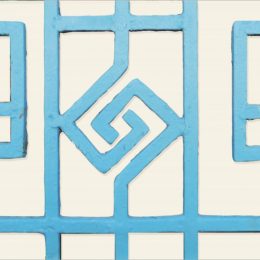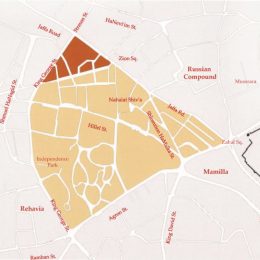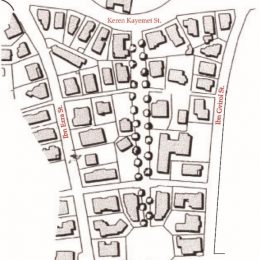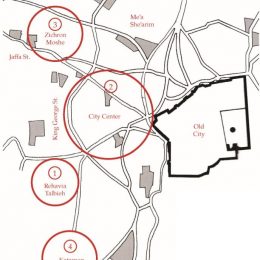This volume covers the Modern period, from Art-Nouveau in the early 1920s to the Brutalist Style in the late 20th century. Four modern design styles, dominated the Jerusalem urban scene until the mid-20th century, and emerged mainly in reaction to the eclectic Neo-Classic Revival Styles of the late 19th century. Art-Nouveau, which became fashionable in the early 20th century, was notable for its organic, flowing and curved foliated motifs. The Bauhaus Style emerged in the late 1920s and 1930s and cultivated a minimalistic functional aesthetic geometry, based on modern technologies. Art-Deco’s decorative designs, which were prevalent at the same time, adopted streamlined as well as angular and cursive motifs. The International Style became part of the city’s architecture during the 1950s-1960s, and was based on purist compositions and rectangular shapes, with no ornamental motifs.
In the second half of the 20th century two different styles emerged. One is the local Neo-Oriental Style, which revived in the 1970s-1980s some of the picturesque oriental features of the Old City, its walls, gates and alleyways. The second style, which emerged a bit later was The Brutalist Style, with its rich and expressive sculptural forms.



